We took our Christmas decorations down on Sunday. I love the lights, I love hanging all our Christmas cards up in the kitchen bay window, I love the smell of the tree.
But then I love putting it all away because we’re left with what, in contrast, feels like radically open space. Plain and simple.
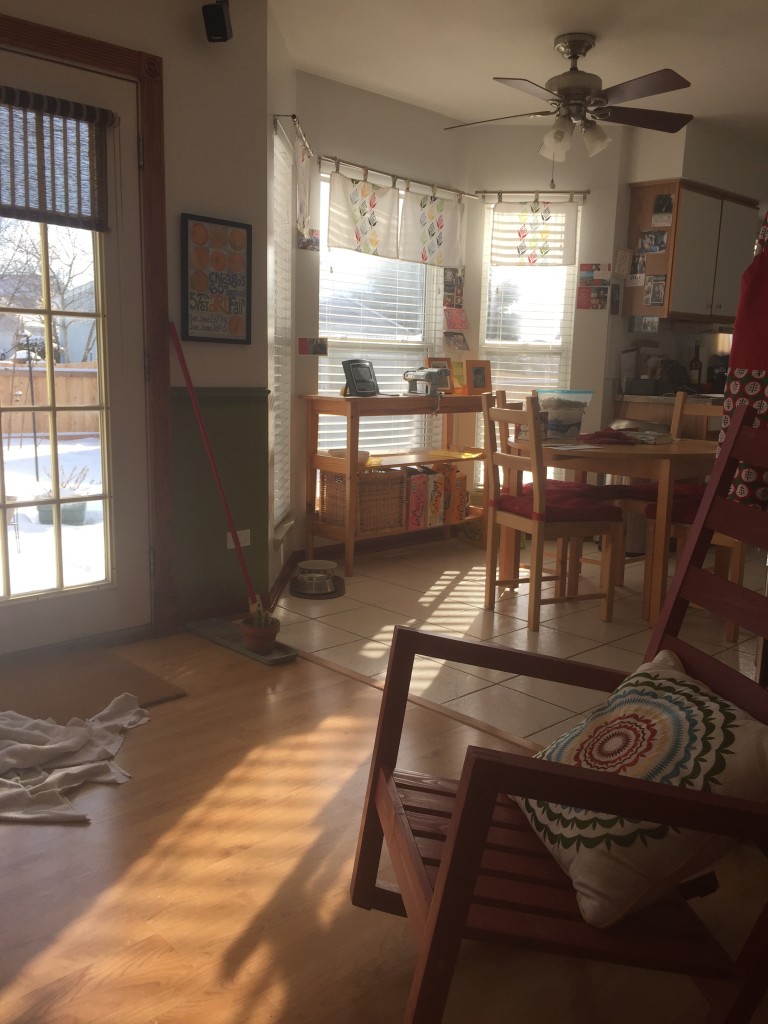
I can’t pretend my home is a model of Shaker simplicity, but somehow my house feels like one after Christmas. Like this:
A new year makes me love a blank wall, an empty shelf, and open floor space.
We gather so many things around us. The modern consumer world is full of things – cheap, pretty, ostensibly useful things that are easy to buy and take home with us.
My fixation on empty space this month may also stem from the fact that I’ve been reading a book about decluttering, The Life-Changing Magic of Tidying Up, by Marie Kondo. It’s published in translation from the original Japanese and follows in the Shinto tradition of anthropomorphizing objects – giving everything a little spirit and personality.
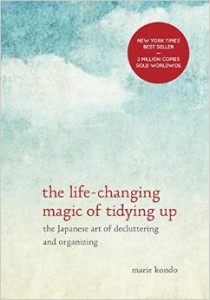
For Kondo, keeping or throwing something away is a spiritual discipline rather than an utilitarian chore. One of the central lessons of her “KonMari Method” is to keep only those items that “spark joy” for you. Certainly, she doesn’t recommend tossing out your microwave or toilet paper holder on those grounds. On the other hand: clothes, books, shoes, papers, and “mementos” (photos, old letters, items with a history) – none of these things should take up space in your home unless they spark joy in your heart when you hold them in your hands.
She acknowledges her method isn’t for everyone, but she believes that tidying our homes in this particular way can teach us to make better choices in all of life. Decluttering based on what brings joy can help us learn more about who we are and what we really want. Her method of tidying actually isn’t about decluttering at all, but about changing our relationship to our possessions, so that we will be able to tidy/declutter in such a way that we’ll never have to do it again. She claims she has seen this in 100% of her clients – they’ve never relapsed.
I love thinking about decluttering as a spiritual practice – that by making more empty space in our homes we also make space in our minds. Kondo says most of us hold onto so much stuff because we are holding on either to the past or to a dream about the future, and not paying much attention to what brings us joy in the present. By going through our stuff with an eye to our emotions, we can keep nostalgia, fear, and habit from determining how we live our lives. Then, we keep and order these cherished possessions in such a way that they all have a place they live and belong in our home. (Again, this seems very Japanese to me!)
Kondo has a very specific order for the tidying process: 1. clothes, 2. books, 3. papers, 4. miscellaneous junk, and 5. mementos or anything with sentimental value. She recommends holding every single thing in your hands (except papers, see below), and getting all five categories tidied over a six-month period.
I tried using her methods on the first category: clothes. It’s not like I haven’t purged my clothes before, but with her philosophy it felt different. She was right – when I held something in my hands I would notice how worn it really was or that something I thought was ready for Goodwill really did fill me with joy to touch and hold. There was something spiritual about it.
Here’s how she puts it: “The process of assessing how you feel about the things you own, identifying those that have fulfilled their purpose, expressing your gratitude, and bidding them farewell, is really about examining your inner self…” (p. 64).
Jesus also taught that we should not worry about clothes or food; he said that God will clothe and feed us with what we need (Matthew 6). Guess what? We don’t need to be prepared for everything. We don’t need to keep everything. We can choose what fits best, what is made to last, what we love, what bring us joy – and then focus our energy on using our gifts and talents to make the world a more just and beautiful place. My hope is that emptier drawers, walls, and closets will help me spend more time on work, creativity, prayer, and other activities I love, instead of the mess of stuff in the house or what new stuff I should buy or not buy.
When I was done with my clothes, I was left with just the things that I love or use a LOT (like black socks). They all fit in my drawers and closet! Drawers weren’t overflowing. I no longer need two bins for all my seasonal clothes! They all fit in the bureau. And it all felt like enough, instead of like chaos. Everything is in good repair, makes my heart sing when I see it, and fits me. Consequently, looking through catalogs or shop racks feels different: I don’t feel tempted to buy something because it’s cheap or on sale or “just in case.” When I see the clothes I’ve kept, I see what I really like to wear. And I love, love, love, the feeling of emptiness in my drawers and closet so that I don’t want to just fill them up with more, new things. (I hope I don’t sound like a goody two-shoes, here.)
(Admittedly, the KonMari Method probably works best for single people, although I imagine it isn’t impossible for marrieds or families with children. Kondo herself does not recommend going through other people’s stuff!)
One last thing: her philosophy on papers isn’t like any decluttering theory I’ve ever heard: “Rule of thumb: Discard everything”. She says, “[Papers] will never inspire joy, no matter how carefully you keep them.” (With some caveats, like files for taxes, warranties, etc.).
I’m not sure when and if I’ll ever be ready to move onto tidying my bookshelves, but I’ve learned a lot from this little book. She’s right, my relationship with possessions is both spiritual and emotional. My relationship with my home is spiritual and emotional, too.
That must be why I like a blank wall in January.
(Just not a made bed, apparently. Lucky for me, that is not included in the KonMari Method.)
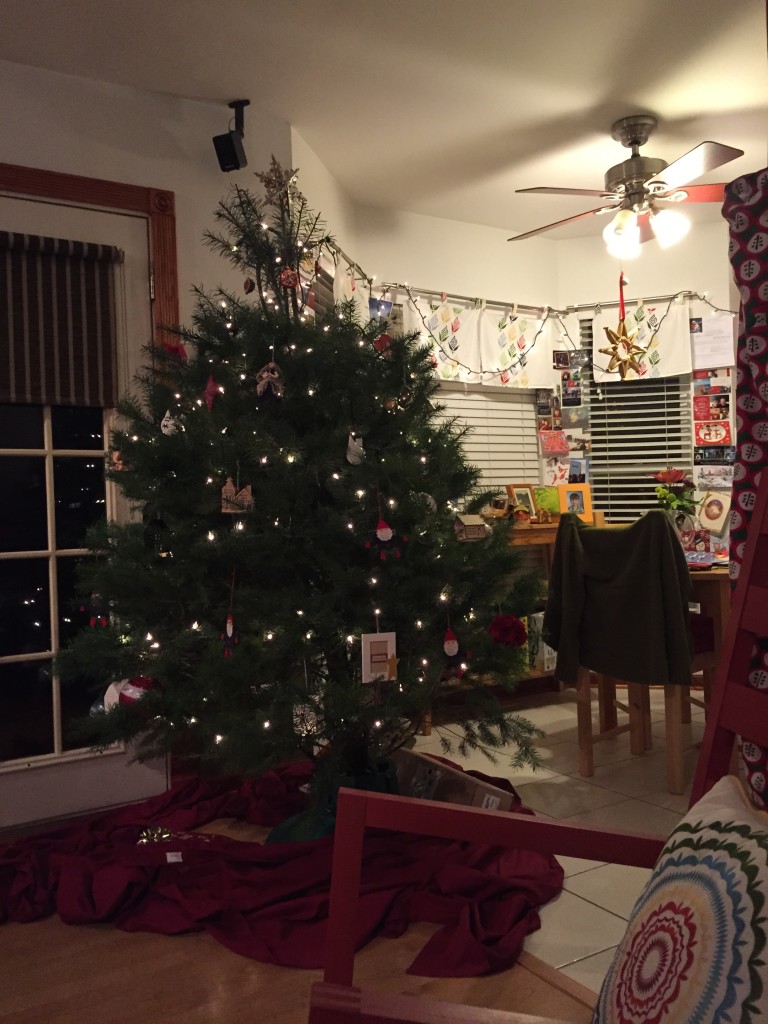
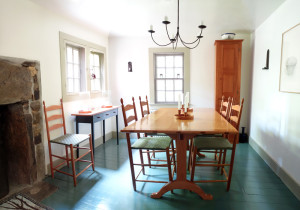
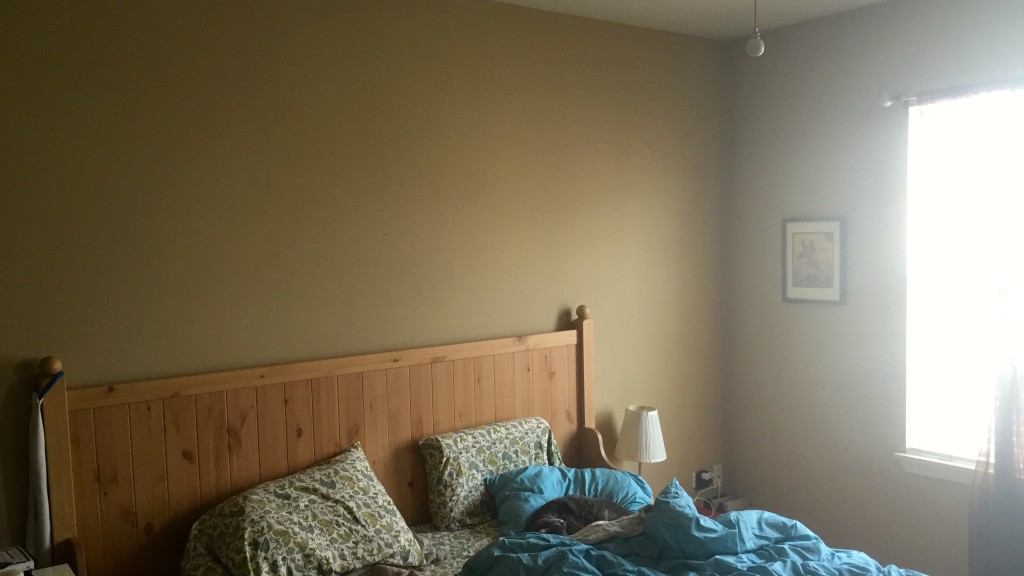



This is just the clarity I needed. I started organizing, but it overwhelms me a little. I was not brave enough to go to the closet, so this may be the motivation and inspiration I needed. Thank you!
Allison
I had to go back & Reread this now that I’ve read the book. I’m dying to know: did you keep the Easter Egg dress??